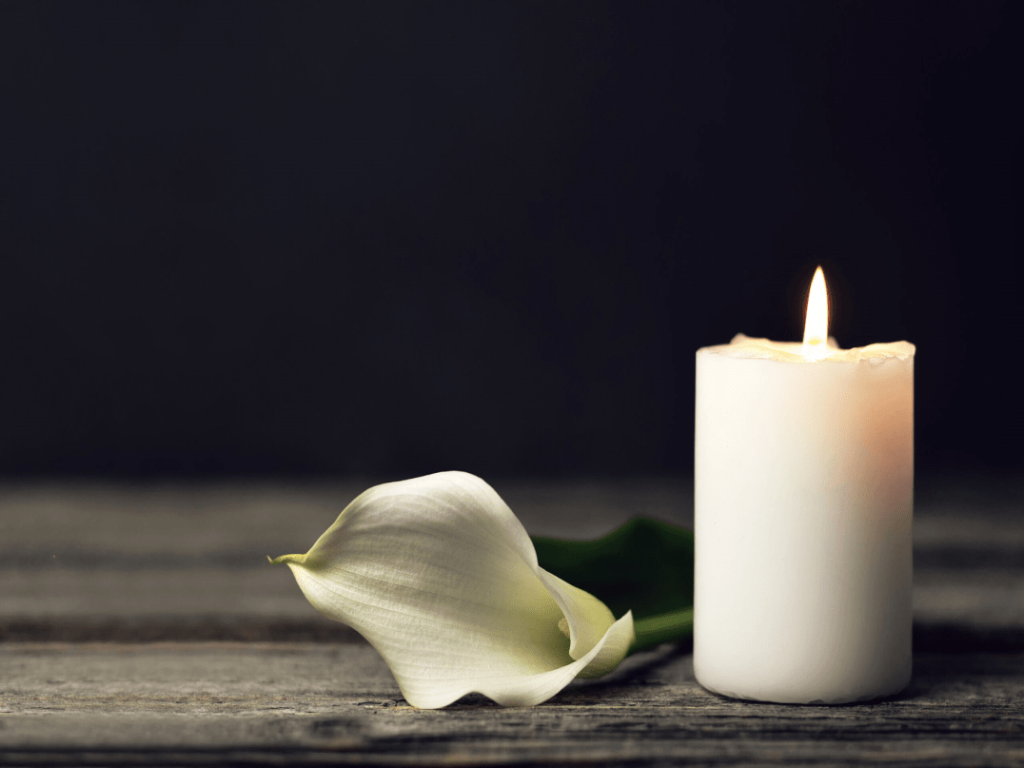Losing a loved one is a universal experience, and offering comfort to those grieving shows profound empathy. When someone you know who is Muslim faces such a loss, knowing what to say in arabic when someone dies can provide immense solace. This guide will walk you through appropriate condolences in arabic, explaining the phrases, customs, and timing, allowing you to express genuine sympathy with cultural sensitivity.
Condolences in Arabic and English: Key Phrases to Offer Comfort
Here are the most important phrases for offering condolences in arabic, along with their English translations and context for use.
| Arabic Phrase | Transliteration | English Translation | Context/Usage |
|---|---|---|---|
| إِنَّا لِلَّهِ وَإِنَّا إِلَيْهِ رَاجِعُونَ | Innā lillāhi wa innā ilayhi rāji‘ūn | “Indeed, to Allah we belong and to Him we shall return.” | The most common and important phrase to say when you hear about a death. It’s a Quranic verse, expressing acceptance of God’s will. |
| عَظَّمَ اللهُ أَجْرَكُمْ | Aẓẓam Allāhu ajrakum | “May Allah magnify your reward.” | A general condolence, praying for a great reward for their patience and loss. A very respectful and common phrase. |
| غَفَرَ اللهُ لِمَيِّتِكُمْ | Ghafar Allāhu limayyitikum | “May Allah forgive your deceased.” | Specifically asks for forgiveness for the person who passed away. |
| أَحْسَنَ اللهُ عَزَاءَكُمْ | Aḥsan Allāhu ‘azā’akum | “May Allah make your solace good.” | Prays for Allah to grant them patience and comfort during their mourning. |
| رَحِمَهُ اللهُ | Raḥimahu Allāh | “May Allah have mercy on him.” | Said about the deceased (use raḥimahā Allāh for a female, raḥimahum Allāh for plural). |
| أَسْكَنَهُ اللهُ فَسِيحَ جَنَّاتِهِ | Askanahu Allāhu fasīḥa jannātih | “May Allah grant him spacious gardens (of Paradise).” | A specific prayer for the deceased to enter Paradise. |
| صَبْرًا جَمِيلًا | Ṣabran jamīlan | “Beautiful patience.” | Encourages the grieving person to show dignified patience in their sorrow. |
When to Offer Condolences to a Muslim? Understanding the Timing
Islamic customs provide a framework for mourning, and understanding this timing is key to respectful support.
The Funeral (الجنازة – Al-Janāzah)
Muslim funerals typically occur very quickly, often within 24 hours of death. They prioritize a swift burial.
- During the Funeral Prayer: If you attend the funeral prayer (Ṣalāt al-Janāzah), you usually offer condolences immediately after the prayer. Keep your words brief and respectful, focusing on phrases like Innā lillāhi wa innā ilayhi rāji‘ūn and Aẓẓam Allāhu ajrakum.
- At the Burial Site: You can also offer condolences at the gravesite. Again, brevity and sincerity are highly valued.
The Three Days of Mourning (أيام العزاء – Ayyām al-‘Azā’)
Islamic tradition designates three days as the primary period for receiving condolences. This three-day limit is based on prophetic tradition, which encourages the bereaved family to quickly resume their normal life without excessive, prolonged grief.
- Home Visits: During these Three Days of Mourning, family and friends traditionally visit the grieving family at their home or a designated mourning tent (bayt al-‘azā’) to offer support. This is a primary time to express your sympathy in person.
- Food for the Family: It is a common and highly appreciated gesture for friends and neighbors to prepare meals for the grieving family during this period, as they often do not have the energy or time to cook.
Condolences Beyond Three Days
While the initial three days are most important, offering condolences in Arabic or English remains appropriate for a longer period, especially if you hear the news later or cannot visit immediately.
- Upto Three Days After News: You can offer condolences for up to three days after you hear about the death, even if it’s past the family’s initial three-day mourning period.
- Avoid Excessive Mourning: Islam encourages patience and discourages prolonged, excessive displays of grief beyond the initial period, emphasizing acceptance of God’s decree.
Practical Advice and Responses for Condolences in Arabic
- Be Sincere: Your genuine sympathy matters more than perfect Arabic.
- Be Brief: Short, heartfelt phrases are better than long speeches.
- Focus on Prayer: Arabic condolence phrases often involve prayers for the deceased and patience for the grieving.
Responding When You Receive Condolences
Knowing how to respond gracefully when you are the one receiving comfort is crucial. The response usually returns the prayer or expresses gratitude.
| Phrase | Transliteration | Addressed To | Meaning |
|---|---|---|---|
| شُكْرًا جَزِيلًا | Shukran jazīlan | Universal | Thank you very much. |
| لَا أَرَاكَ اللَّهُ مَكْرُوهًا | Lā arāka Allāhu makrūhan. | Male (Singular) | May Allah not show you anything disliked/sad. |
| لَا أَرَاكِ اللَّهُ مَكْرُوهًا | Lā arāki Allāhu makrūhan. | Female (Singular) | May Allah not show you anything disliked/sad. |
| وَإِيَّاكُمْ | Wa iyyākum. | Group/Plural | And upon you, too (a polite, universal response). |
| بَارَكَ اللَّهُ فِيكُمْ | Bāraka Allāhu fīkum. | Group/Plural | May Allah bless you. |
Conclusion
Knowing what to say in arabic when someone dies allows you to connect meaningfully with those in sorrow. These condolences in Arabic are more than just words; they are expressions of faith, hope, and collective support for the grieving. By understanding the phrases and the appropriate timing, you can confidently offer sincere comfort. To accelerate your progress and practice these essential phrases, consider using Kaleela App. Remember, your compassionate presence and respectful words are a powerful gesture of solidarity.



